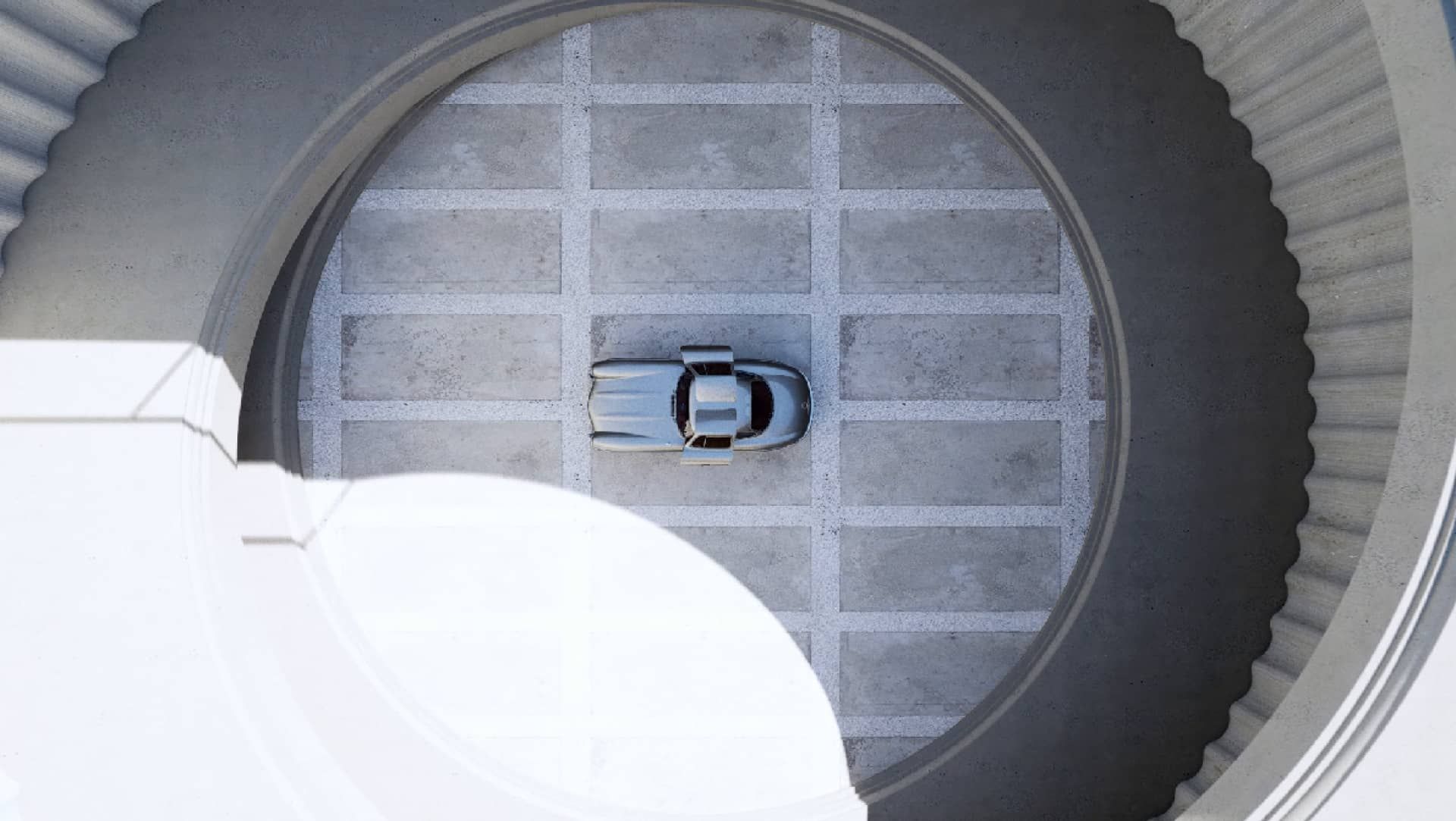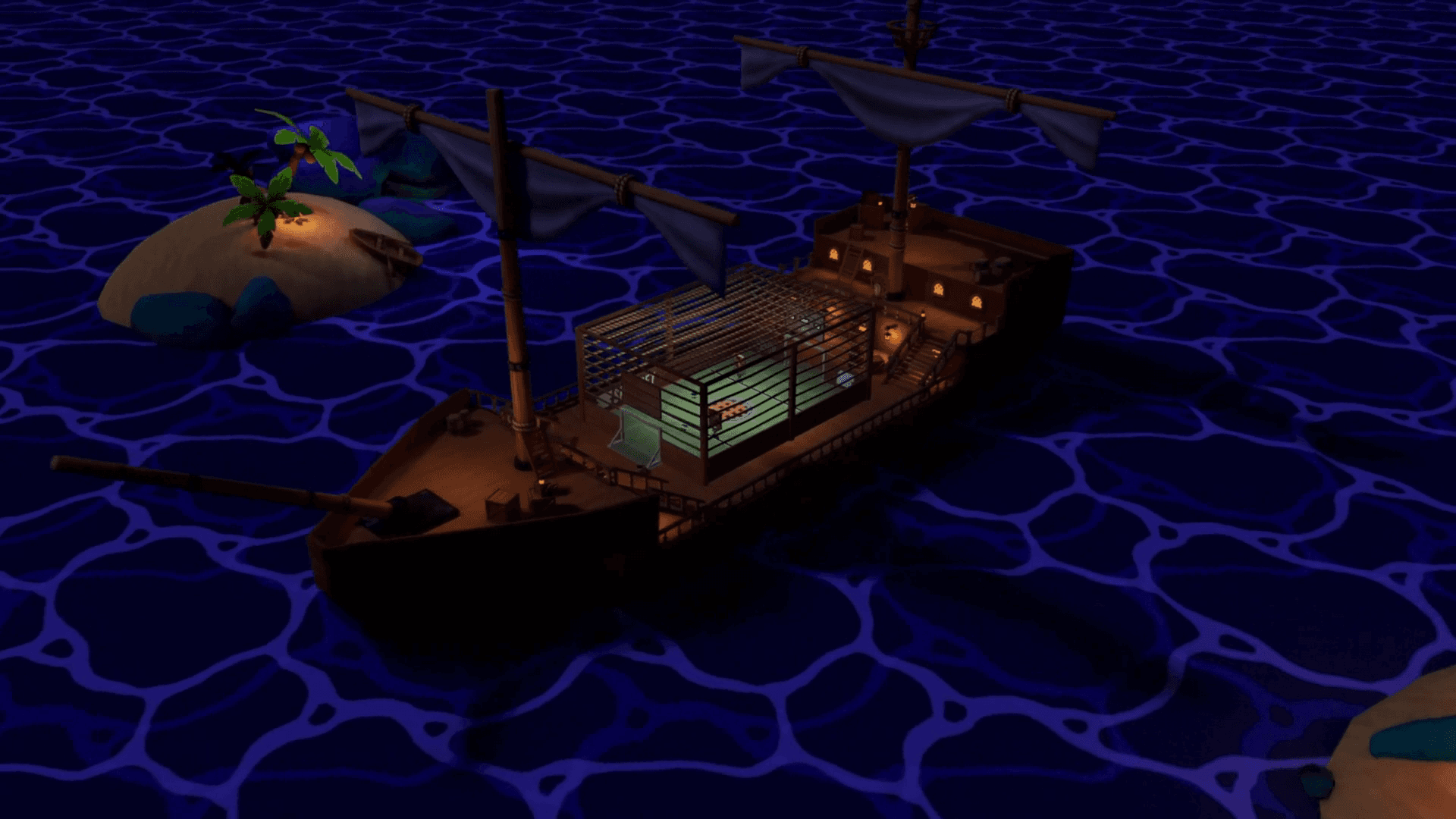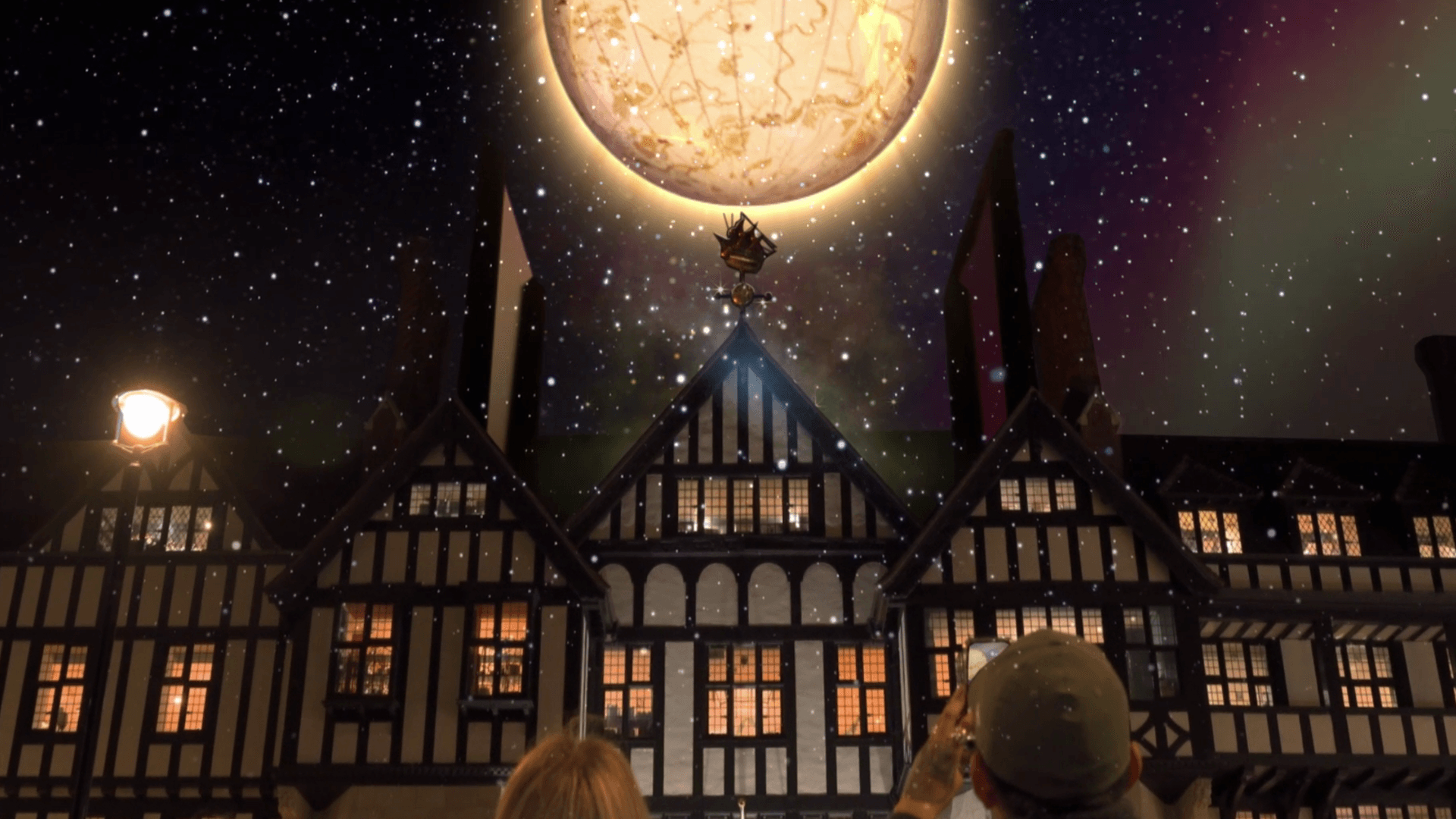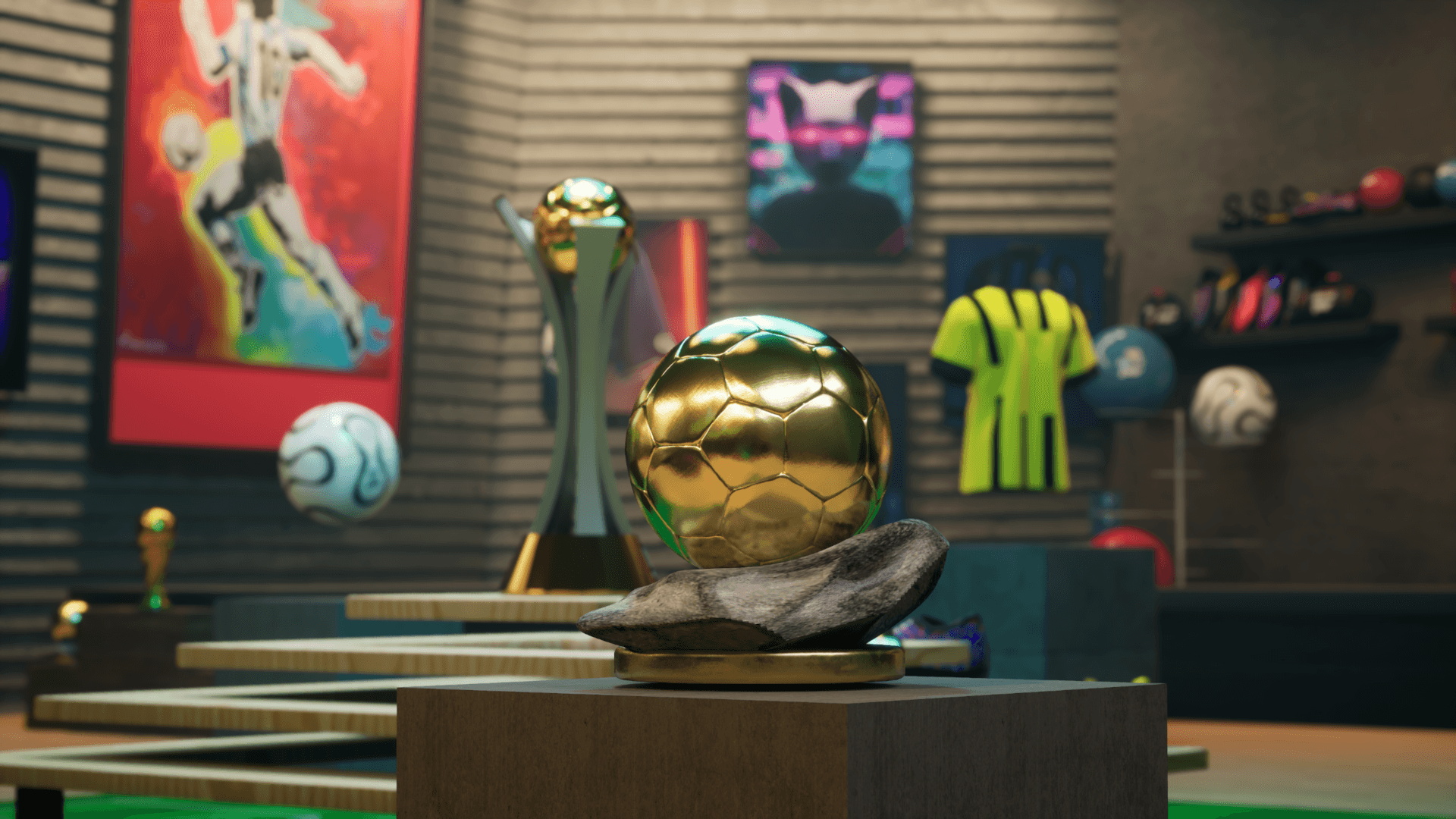3D video: what it is, what it’s used for & how it’s made (Complete Guide 2025)
3D video: what it is, what it’s used for, and how it’s made. A complete guide to professional 3D video production, interactive 3D videos, and CGI animations for marketing, e-commerce, industrial, medical, architecture and real estate applications.
3D video: what it is, what it’s used for & how it’s made (Complete Guide 2025)
3D videos have become one of the most powerful tools for brands and companies looking to enhance their digital marketing, showcase new products, or illustrate complex processes with photorealistic clarity. Thanks to CGI (Computer Generated Imagery), it is now possible to present products that do not yet exist, visualize environments that would be difficult or impossible to film, and explain the operation of industrial machinery without traditional camera limitations.
This guide covers what 3D videos are and why they are so effective; the key business applications across different industries and how a professional 3D video production process works.
What is a 3D video?
A 3D video is a digital animation created inside a virtual three-dimensional environment using software such as Blender, Cinema 4D, Maya, 3ds Max, Houdini, Unreal Engine and others. Unlike traditional video recording, everything is generated digitally, like materials, lighting, textures, camera movement and animation.
Key features of 3D videos
Compared to traditional filming, 3D videos offer:
- No need for physical shoots, product prototypes, or expensive studio setups
- Fast customization of colors, materials, and product variations
- Ability to simulate invisible processes (internal mechanics, fluid flows, anatomical movements)
- The creation of highly reusable assets, videos, images, motion graphics and explainers for marketing campaigns, e-commerce, social media, trade shows and presentations
Explore Ophir Studio’s 3D animation and video production services.
What are 3D videos used for? Main applications by industry
Marketing, E-commerce & Brand Communication
Professional 3D videos are among the most effective formats for showcasing products and collections through premium visual content optimized for modern digital channels.
They are ideal for:
- Product launches and advertising campaigns (Meta Ads, TikTok, YouTube Ads)
- 3D e-commerce videos and enhanced product pages for Amazon or Shopify
- Visual storytelling for premium and luxury brands in fashion, beauty, lifestyle and design
- Omnichannel content, digital catalogs and virtual showrooms
Industrial & Manufacturing
Industrial 3D videos make it easier to communicate how machinery, production systems and mechanical components work, particularly for B2B sales and technical training. Perfect for:
- Exploded view 3D animations showing internal parts, flows and mechanical assemblies
- Kinematic and mechanical simulations for performance, safety and workflow clarity
- Interactive 3D videos for training, onboarding, maintenance and digital manuals
- Digital twin presentations for industrial trade shows, B2B events and investor decks
Medical & Healthcare
In the healthcare sector, 3D medical videos are a strategic tool for scientific communication, clinical training and medical device marketing. Ideal for:
- High-precision 3D medical animations for universities, hospitals and research institutes
- Product demos for medical devices, prosthetics, implants and biomedical solutions
- Surgical simulations and visual support for clinical protocols
- Virtual Reality (VR) training with interactive 3D videos for medical education
- 3D anatomical visualizations for research, patient education and pharma communication
Architecture, Interior & Real Estate
3D architectural videos (archviz) are essential for presenting properties and interior design concepts before construction begins, helping accelerate pre-sales and investment decisions. Use cases include:
- Real estate 3D video tours and off-plan sales presentations
- Archviz animations for interior design and renovation projects
- 3D virtual tours for hotels, retail and hospitality environments
- Photorealistic rendering with PBR materials and HDRI lighting
- Content for architecture firms and real estate agencies
The stages of a professional 3D video production process
Producing a professional 3D video follows a structured pipeline, similar to a cinematic workflow but adapted to the specific demands of CGI and 3D visualization. Each stage requires specialized skills, dedicated software, and a strong creative and technical vision. Below are the key phases of a 3D video production pipeline:
1. Analysis & Storyboarding
In this stage, we define:
- the target audience (B2B, B2C, medical, industrial, e-commerce, real estate, etc.)
- the purpose of the video (to explain, sell, train, or emotionally engage)
- the core message and value proposition
- the visual style, look & feel, creative references, and art direction
The outcome is a storyboard or animatic that defines pacing, camera framing and narrative flow before full production begins.
2. 3D Modeling
All elements that will appear in the 3D video are created or imported, including:
- products and mechanical components (CAD imports, exploded view, digital twin)
- architectural and interior environments (retail, hospitality, residential)
- organic and anatomical elements for medical/healthcare applications
- characters, surfaces, liquids, particles and more
Models may be built from scratch or imported from CAD, BIM or 3D scans.
3. Materials, Texturing, Shading & Lighting
This stage establishes the photorealistic look of the scene using:
- PBR (Physically Based Rendering) materials
- UV mapping and procedural/texture application
- HDRI lighting for realistic illumination
- simulation of complex surface qualities (metals, fabrics, glass, skin, fluids)
At this point, assets begin to look credible, realistic, and ready for animation.
4. Animation
Next, the scene is brought to life through animation, which may include:
- cinematic camera movements (pan, tilt, dolly, arc, fly-through)
- mechanical part animation and kinematic systems (manufacturing, automation)
- physics simulations (fluids, particles, cloth, wind)
- organic, biological and anatomical animations for medical applications
The goal is a fluid, natural animation aligned with the project’s storytelling. Explore Blender’s animation toolset.
5. Rendering (Pre-Render or Real-Time)
Rendering converts the 3D scene into final images or video frames, optimized for e-commerce, advertising campaigns, corporate presentations or trade shows. There are two main rendering approaches:
- Pre-rendered: delivers the highest photorealistic quality, ideal for premium product launches and advertising. It requires longer processing times, especially with complex materials, reflections and transparencies.
- Real-time rendering: generates visuals instantly, ideal for 3D configurators, virtual showrooms and VR/AR applications, allowing immediate updates to colors, materials and product variations.
6. Post-Production
Post-production is the final stage, dedicated to refining the visual and narrative impact of the 3D video. Typical tasks include:
- color grading and image correction
- motion graphics, UI elements and infographics to explain product features
- sound design, audio effects and synchronized music to elevate emotional impact
Once complete, the video is ready for use in advertising campaigns, trade fairs, e-commerce, B2B presentations and social media.
Learn more about post-process effects in Unreal Engine.
Why 3D video helps increase sales and conversions
A professional 3D video is not just a more modern format. It is a strategic asset that can significantly improve sales performance, conversion rates and perceived product value. Key advantages include:
- Reduced shooting and prototyping costs, thanks to the absence of physical sets, locations or prototypes
- Higher conversion rates on e-commerce and advertising, due to clearer and more persuasive product visualization
- Faster product launch, ideal for pre-orders and early-stage marketing
- Reusable assets across social media, e-commerce, trade shows, presentations and sales materials
Why choose Ophir Studio for 3D video production
A successful 3D video requires a combination of technical expertise, creative direction and marketing strategy. At Ophir Studio, we combine CGI, storytelling and visual design to produce 3D content that not only looks stunning but also drives sales and strengthens brand positioning.
What makes us different? Our work brings together photorealistic quality, meticulous attention to detail and a results-driven mindset. We have cross-sector experience in product, industrial, medical, architecture and real estate and create scalable content with multi-channel reusable assets for campaigns and commercial use. Our workflow is transparent, collaborative and efficient, guiding clients through every phase of the project.
If you’re looking for a partner who can transform an idea into high-impact 3D content, Ophir Studio is the right choice. Contact us and let’s bring your idea to life together.
FAQ
What does “3D video” mean?
A 3D video is content created using CGI (Computer-Generated Imagery) that allows products, environments or processes to be represented realistically without traditional filming. It is widely used in marketing, e-commerce, industrial, medical, architecture and real estate applications.
How much does a professional 3D video cost?
Costs depend on model complexity, animation duration, level of photorealism, sound design and rendering needs. Prices may range from a few thousand euros for shorter videos to more advanced productions for industrial, medical or premium product campaigns.
What software is used to produce 3D videos?
Common tools include Blender, Cinema 4D, Autodesk Maya, 3ds Max, Houdini, Unreal Engine, Unity, and rendering engines such as V-Ray, Redshift, Octane, Cycles, Arnold.
How long does it take to make a 3D video?
Production time varies. A product-focused 3D video typically requires 1 to 4 weeks, while more advanced industrial or medical projects may take several weeks or months, especially with complex CAD/BIM modeling.
Can Ophir Studio produce custom 3D videos for my company?
Yes, Ophir Studio produces tailor-made 3D videos for brands in product design, industrial manufacturing, healthcare, architecture, real estate and retail. You can request a dedicated consultation.
Contact us!








